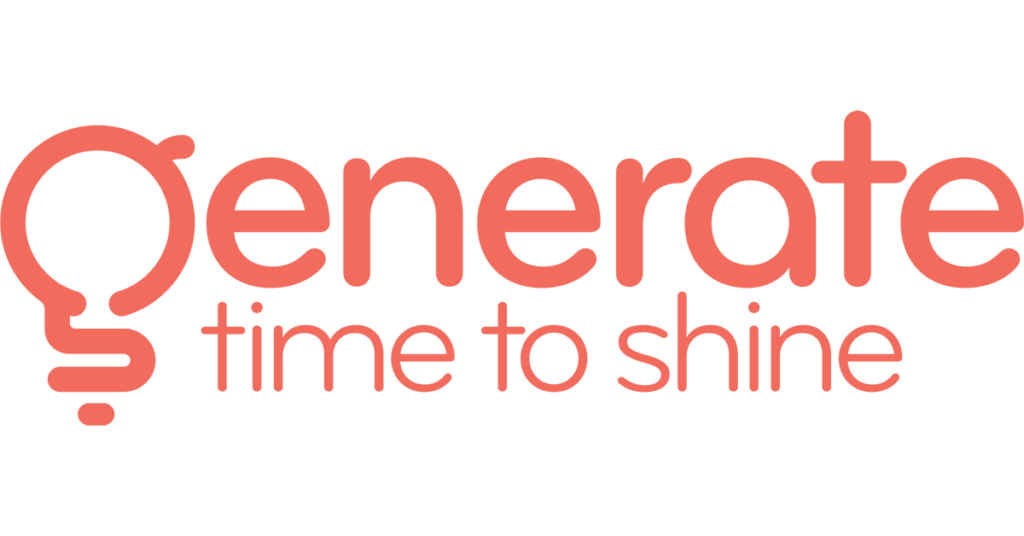Reduce costs and boost productivity, retention and morale.
Test. Just the word may make your palms a little sweaty. But employers have no need to sweat over pre-employment tests. This is a test you want as a strategic part of your hiring process.
Employers face a number of human-resource challenges, a number of reasons to sweat, and recruiting the right employee is one of the most critical. Long gone are the days we can rely solely on a resume and interview.
When used with traditional hiring techniques, pre-employment screening is the single best way to identify the best candidate for the job. These tests help a company’s hiring process by increasing the likelihood of hiring candidates who will perform well on the job. In this tight market, hiring the wrong candidate can be detrimental to a business and costly, to say the least.
Pre-employment tests take the guesswork out of hiring. Extensive research supports the use of pre-employment testing, citing major benefits to employers, including:
• Higher productivity.
• Increased employee retention.
• Improved employee morale.
• Reduced costs associated with turnover (hiring and training costs).
Pre-employment tests provide the most accurate means of predicting performance because they measure the candidate’s capacity to perform well at a particular job. It also identifies those who may not do so well – and identify slow learners, poor producers and those affected by a stressful environment.
The assessment tool can also be used to benchmark positions and measure how applicants compare to employees who are already successful. Basically, employers assess the personalities of their star performers and determine which of the traits are most important to be successful in a specific position or even at the company.
Next, each new applicant is given the personality profile as part of the application process and compared to the star performer benchmark. Finally, those test results are used to recognize candidates who are interview worthy and help direct the interviewer to pertinent follow-up questions in the interview process.
Having accurate data leads to more successful decisions. Improving the success rate of your selection methodology leads to higher productivity, better employee retention, and reduced costs associated with turnover.
One recent study compared employees’ pre-assessment scores with their hourly sales volume at a clothing store. The employees who received high scores on the test sold, on average, $106.35 of goods per hour, while those who received low test scores sold only $83.27 per hour. For this employer, incorporating pre-employment tests into its selection process resulted in a 28 percent increase in sales productivity.
Once your organization has decided to include pre-employment tests in hiring, the next step is finding a partner to design and implement professionally developed and properly validated employment tests. Tests are an effective screening tool only if they measure the knowledge, skills, and abilities that will be required for a particular job. A poorly designed test will produce skewed results. And the test must be EEOC-compliant.
Many employers are curious what a pre-employment screening might be like. A simple Google search will yield hundreds of sample tests. NorthStar360 offers a complimentary personality profile on its website, www.northstar360.com/assessments.
It’s also important to remember the pre-employment test is just one piece of the hiring puzzle. It gives managers and HR professionals additional data to make hiring decisions. Other factors such as references, resumes and interviews are invaluable components. When used together, the results are powerful and can increase productivity and retention while reducing costs.
Susan Riddering, vice president of NorthStar360 Business Solutions, helps businesses maximize their success through comprehensive hiring practices and in-depth employee development programs. The Dyer company customizes its training and tailors its development programs to meet the specific business goals of its clients.


